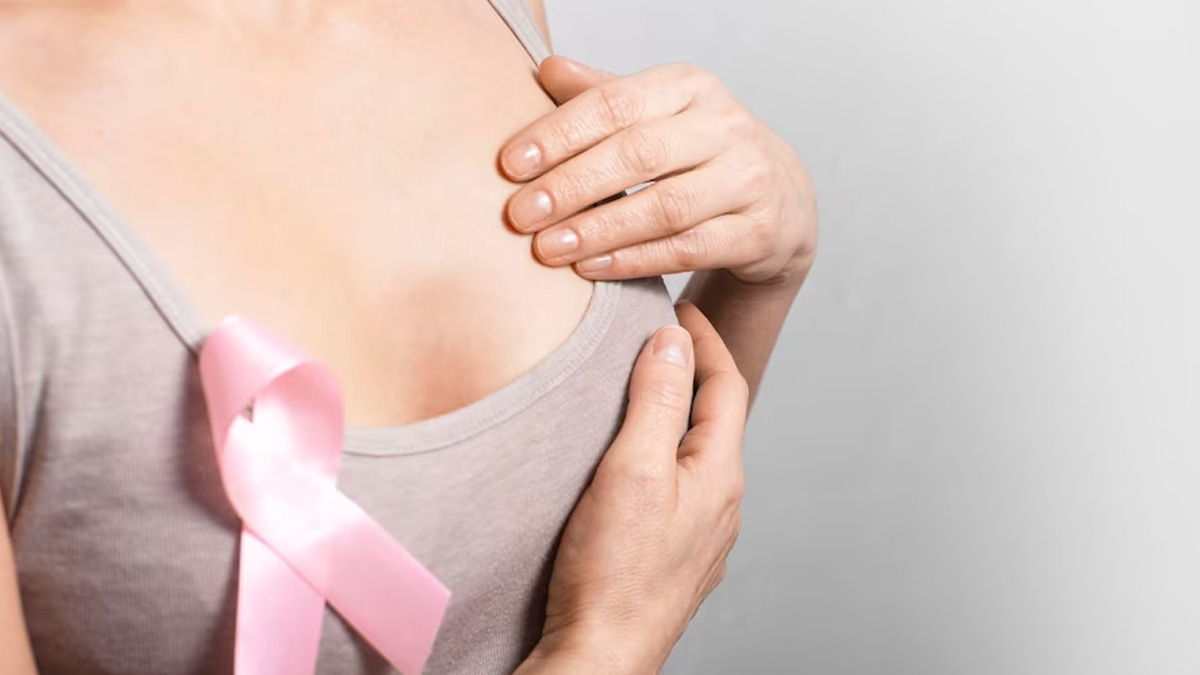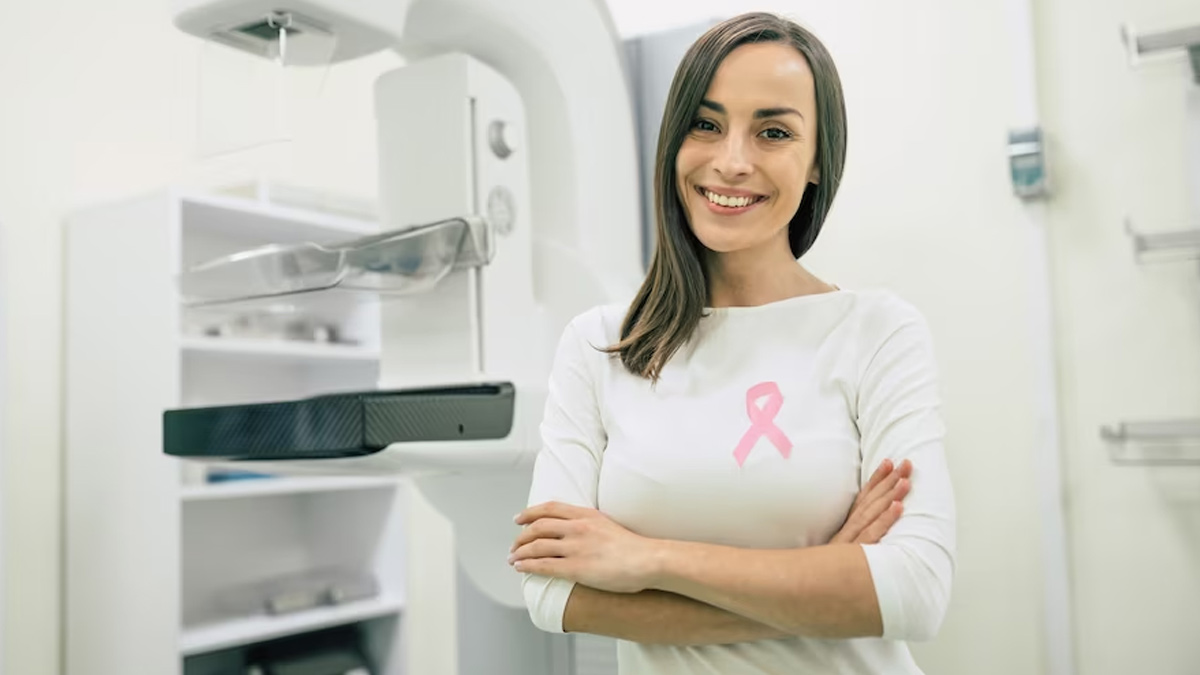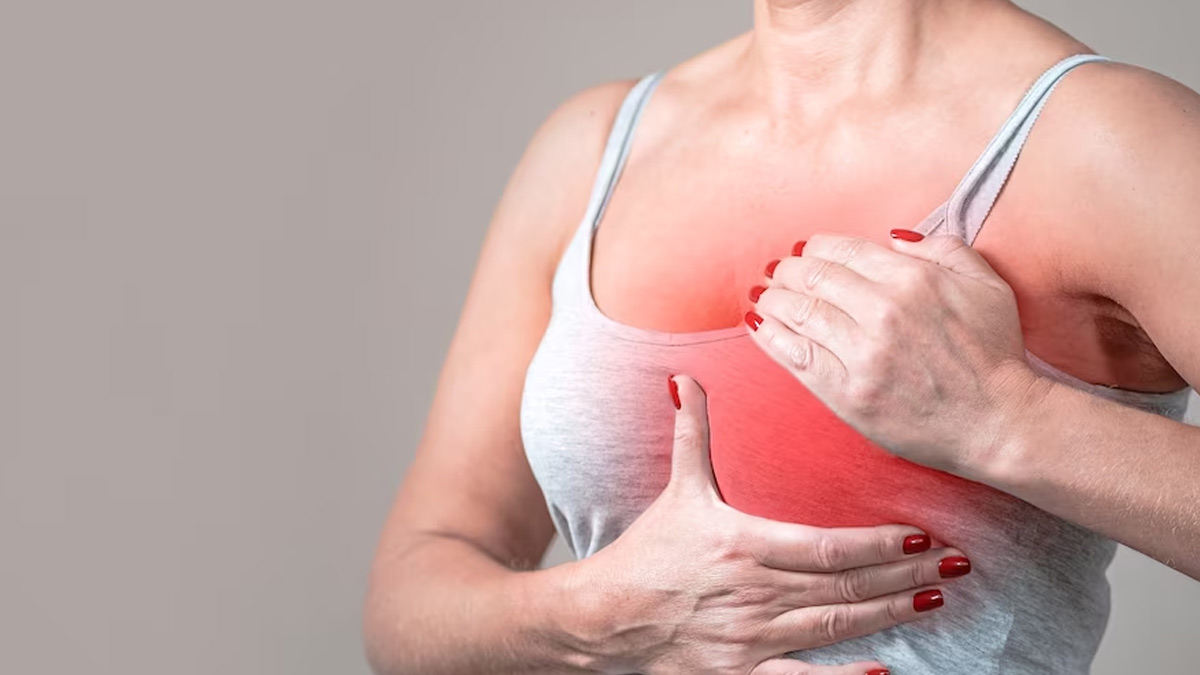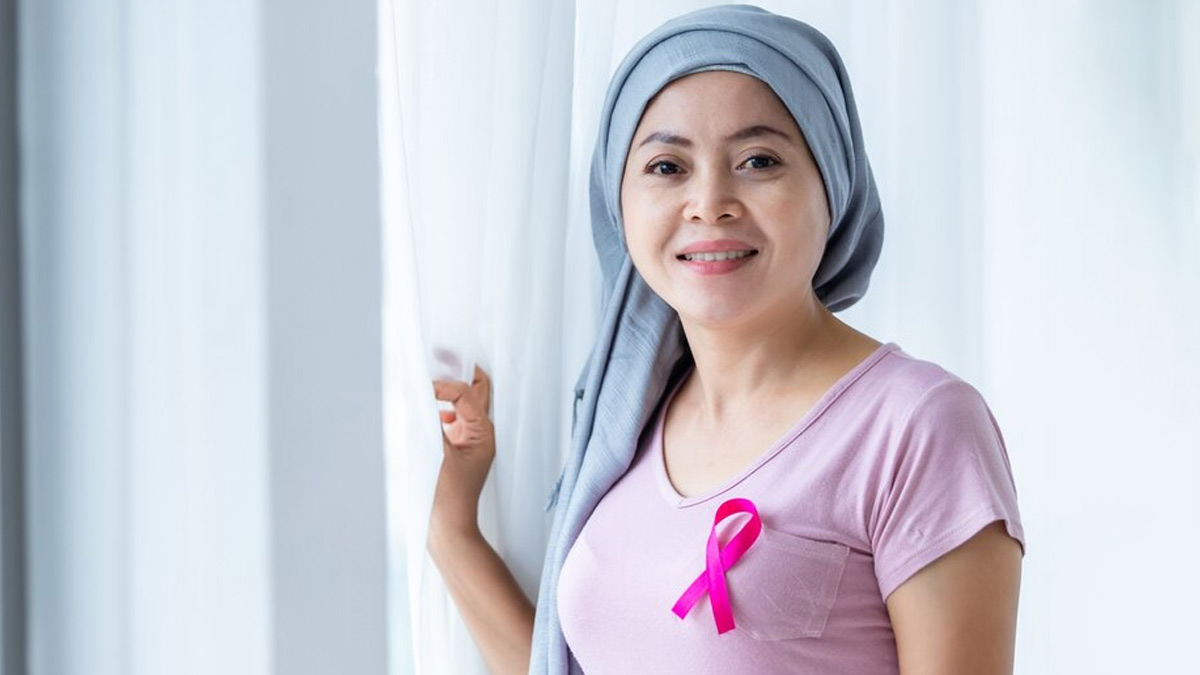

Among women, breast cancer stands as the prevailing form of cancer and holds the unfortunate distinction of being the primary contributor to cancer-linked fatalities. A recent study conducted by the All India Institute of Medical Sciences (AIIMS) Delhi, found that around 30% of breast cancer cases were diagnosed in women younger than 40. Statistical data reveals that in 2015, among a population of 1 lakh individuals, approximately 35 women had breast cancer, while 17 men suffered from lung cancer. However, this statistical trend witnessed a significant surge in 2022, with breast cancer cases escalating by 34.9%, soaring from 2,657 to 3,611 cases.
Many misunderstandings circulate among individuals when the topic of breast cancer is brought up, potentially impeding the accurate detection and early-stage treatment of the illness. We spoke to Dr Mohammed Basheeruddin Inamdar, Consultant, Surgical Oncologist, Manipal Hospital, Old Airport Road, who listed stated facts about breast cancer and debunked the myths.

Dr Inamdar said, “Carcinoma of the breast is the most common cancer among women worldwide, including in India. It is more prevalent in urban populations than in people residing in rural areas. However, recent demographic shifts are changing this pattern as we observe rising breast cancer cases in women from peripheral regions.”
Myths And Facts About Breast Cancer

Myth 1: Breast cancer cannot be cured
Fact: Dr Inamdar said, “Breast cancer is the leading cause of cancer among women. If detected early in stages one and two, there is a very high chance of cure, with a success rate of almost 95-96%. However, in advanced stages like stage four, the prognosis is not as favourable.”
Myth 2: All tumours or lumps found in the breast are cancerous
Fact: Dr Inamdar informed, “Not all breast lumps are cancerous; many are benign lumps and non-cancerous. But some can be malignant (cancerous). Thus, if you notice a bump in your breast, you should consult a physician to identify or rule out the possibility of cancer.”
Also Read: Breast Cancer Symptoms Other Than A Lump: When To Take A Mammogram
Myth 3: All breast cancers behave as one or behave alike
Fact: Breast cancer has various molecular subtypes, with at least six subtypes that behave very differently from each other. Luminal A type, commonly found in the elderly population, has a good prognosis. However, triple-negative variants, seen in genetically predisposed younger populations, have a less favourable prognosis.

Myth 4: Breast cancer can only be detected by a physician
Fact: Breast cancer detection is not solely done by physicians. He said, “We encourage patients to perform self-examinations and look for abnormalities in their breasts (lumps, nipple inversion and/or discharge). Resources like YouTube tutorials and pamphlets guide patients in examining their breasts for abnormalities.” If concerns arise, consultation with an oncologist is necessary, who will then advise for mammograms or other imaging techniques.
Myth 5: Surgery alone is sufficient for the treatment of breast cancer
Fact: Dr Inamdar added, “It’s not true as in most cancer stages, except for very early stage 1A cancer, additional treatments such as chemotherapy and radiation might be necessary. Genetic testing on the tumour sample helps determine the need for further treatments.”
Myth 6: Breast cancer surgery requires the entire removal of the breast
Fact: Dr Inamdar highlighted, “Complete breast removal (Mastectomy) is not always required when a woman has breast cancer. Early-stage cases can be treated while conserving the breast with hardly any functional or cosmetic impairment. Plastic surgical options are available for reconstruction if needed.”
Also Read: Expert Tells 5 Things To Keep In Mind Before Breast Reconstruction Post Mastectomy

Myth 7: Breast cancer is only found in older women
Fact: Dr Inamdar said, “Breast cancer risk increases with age, most commonly affecting women over 50. However, it’s a misconception that younger women are immune. Women in their 20s or even teenagers can develop breast cancer, particularly those with a family history or genetic mutations like BRCA1 or BRCA2, which are also associated with an increased risk of ovarian cancer.”
Myth 8: Breast cancer risk increases with environmental and dietary factors
Fact: While the environment and food are sometimes linked to breast cancer, the primary risk factors include obesity, smoking, and genetic mutations, such as BRCA1 and BRCA2. The use of oestrogen-containing oral contraceptive pills is established with an increased risk. But, no specific food-related carcinogens have been definitively proven to cause breast cancer.
[Disclaimer: The information in this article is shared by a registered healthcare professional and is for informational purposes only. Hence, we advise you to consult your expert if you notice any breast abnormalities for a quicker and more effective treatment.
اكتشاف المزيد من ينبوع المعرفة
اشترك للحصول على أحدث التدوينات المرسلة إلى بريدك الإلكتروني.
